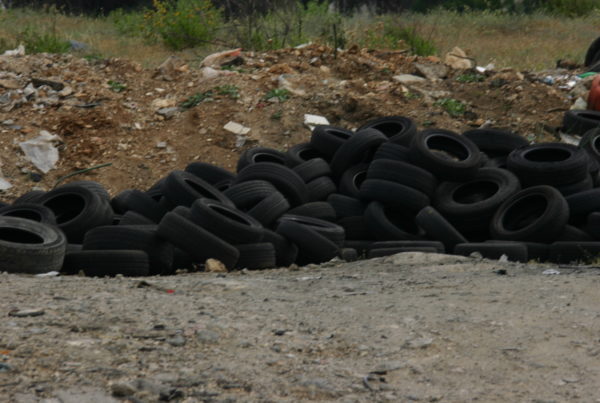A couple of sure signs that it’s summer in Texas are the sights and sounds of cicadas. Wizzie Brown, an insect specialist with the Texas A&M Agrilife Extension Office, says that unlike midwestern cicadas who are known for their extremely long life cycles of upwards of twelve years, Texas cicadas’ cycles are either yearly, or two to five years.
Where do cicadas spend their early lives?
“The majority of a cicada life cycle is actually underground. They are going to be laid as eggs in the branches of a tree, and when they hatch, they drop to the ground. They will burrow down in and they are actually feeding on the tree roots. They’re feeding on the sap. The trees are going to be perfectly fine.”
How do their skins end up on trees, or other surfaces?
“When the cicadas have matured, they will crawl out of the ground and up surfaces. A lot of times, you’ll see them on tree trunks, on fences, on sides of a house. You’ll see that exuviae, which is the cast skin or skeleton of that last nymphal instar. The adults will emerge out of that, find a mate and start the cycle all over again. The adults are going to… live for a couple of weeks.”
Why do cicadas make that distinctive sound?
“[Adult cicadas] are going to use their song to attract mates. They’ll also use it for other purposes as well. But the male is the one that is doing the majority of the noisemaking.”
When do cicadas appear in Texas?
“July [and] August is when we typically have them. We have ben having them a little earlier this year. I’ve already seen my first ones. They’re starting to emerge, and you are hearing them.”
Do cicadas have natural enemies or predators?
“Along with the cicadas, there will be cicada-killer wasps that will also be seen flying low over the ground. These are very large wasps and they will sting the cicadas and paralyze them, and that’s what they feed their young.”















